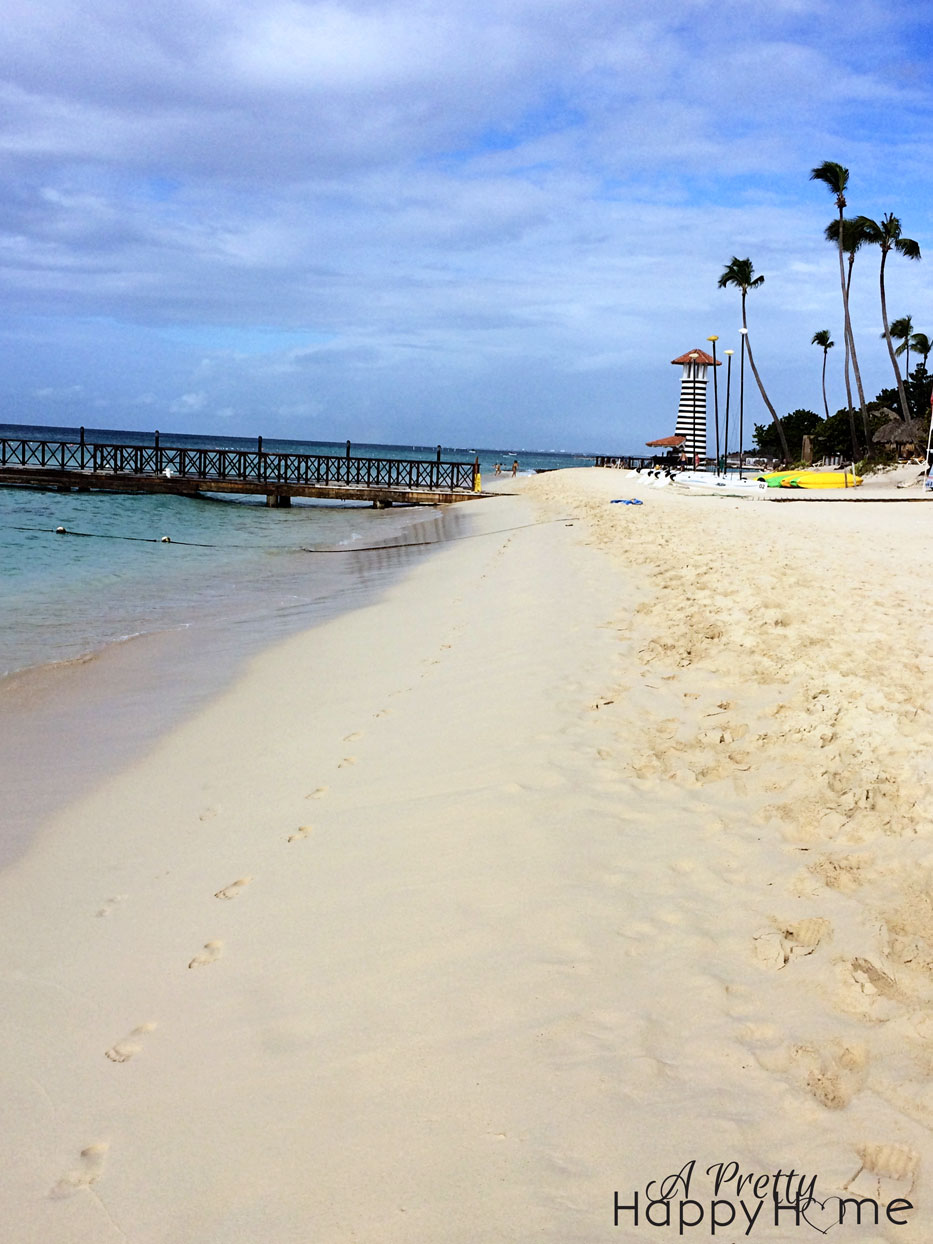
Travel: Fort Pulaski, Georgia
During our recent visit to Tybee Island, Georgia, we spent a morning visiting Fort Pulaski. I came away from the experience with a great reverence for the role this place played in history. I struggle to find words to express how humbling it is to stand where brick walls were blasted apart and blood was shed for a cause so great.
I was also completely transfixed by the beauty of this structure. Its rich textures and detailing were in sharp contrast to the how I imagine conditions would have been in the 1800s.
Fort Pulaski was built on Cockspur Island to guard the river approaches to Savannah, Georgia. Construction began in 1829 and wasn’t finished for 18 more years. The fort was named after Count Casimir Pulaski, a hero who lost his life protecting Savannah during the Revolutionary War.
The fort was built by the United States of America and thought to be invincible with its 7.5-ft. solid brick walls. Before the United States could occupy the fort, however, it was seized by the Confederate States of America when Georgia seceded from the Union.
The fort is completely surrounded by a moat that is 7-feet deep and from 32 to 48-feet wide. Entrance to the fort is via a drawbridge, seen below.
Bolt-studded doors would close behind the drawbridge. The detail of these doors are shown below.
There are even tunnels (built out of stone) carved into the land outside of the fort walls, but within the moat area. It appeared as if these tunnels served as storage, as well as additional places to set up artillery.
This (below) is a door inside of one of these tunnels. The workmanship blew me away.
The Confederate Army would have had this view from on top of the Fort. Cannons were situated on top of the fort and on the fort’s main level. The fort was designed to hold 140 cannon.
On top of the fort’s wall you can see these tracks that the army used to slide and reposition their cannons. It amazes me that they are still here – slightly rusted, but probably still useable.
To reach the cannons on top of the fort (shown above), the soldiers would have climbed these curved stairs.
This is the view inside part of the fort. The vast majority of the fort is in its original state. Talk about quality construction! As a point of reference, my husband is approximately 6-ft tall and the arch he is walking under is at least double that. The main ceilings in each of these rooms is even taller than that.
As I took a closer look at the wood floor of the fort, I realized that it is held in place by wood pegs. There were a few sections of flooring that were exposed to the elements that I could tell had been replaced. I was pleased to see that the replacement wood was also held in place with pegs and not modern nails or screws.
Cannons are heavy pieces of artillery and this is the leg of one of the pulley contraptions they used to hoist the cannons into place.
In April of 1862, during the Civil War, the fort was occupied by the Confederate Army. What the Confederate general did not know was that the Union Army had spent two months hauling 36 mortars and smoothbore and rifled cannon across Tybee Island in the dead of night to prepare a siege on Fort Pulaski.
The Confederate Army wasn’t worried about the Union soldiers because they were located more than a mile away and conventional weapons would not stand a chance, at that distance, of breaching the fort’s walls. The weapons the Union Army had were not conventional. Their rifled cannon had a range of 8,453 yards and with a new design came increased accuracy and penetration power of the projectile.
The rifled cannon easily penetrated the 7.5-foot thick walls of the fort. Within 30 hours of the siege beginning, General Olmstead made the decision to surrender. He later wrote, “there are times when a soldier must hold his position to the last extremity, which means extermination, but this was not one of them…That the fort could and would be absolutely destroyed by the force of the enemy was a demonstrated fact,…I am still convinced that there was nothing else that could be done.”
The Union Army did repair the breach in the fort’s walls. However, after 1880, the fort was unoccupied – except by wildlife. In 1924 the entire island and fort was made a national monument. Restoration of the fort began in 1933.
I thought the tourist brochure summed it up nicely. “Today the fort serves not only as a memorial to the valor and dedication of those connected with its construction, bombardment and defense, but in a larger sense as a history lesson on the elusiveness of invincibility.”
If you have a chance to visit Fort Pulaski, I highly recommend it. Even my 4-year old wanted to return. Of course, he wanted to see the cannon firing demonstration, but whatever makes him happy!
P.S. If I made any errors or omissions in detailing the history of Fort Pulaski, I apologize in advance. Information was taken from my visit to the fort and from the literature handed out to fort visitors.
Thanks for reading! If you enjoy traveling, check out one of these posts!
Visiting Ireland: St. Patrick’s Day
Travel: The Weird Thing I Always Pack
Travel: Eiffel Tower With Kids
Travel: Copenhagen, Denmark With Kids
Visiting Ireland: The Cliffs of Moher and Aran Island With Kids
A Day in Malmo, Sweden With Kids
Visiting Ireland: Galway With Kids
Visiting Ireland: Kissing the Blarney Stone at Blarney Castle
Our Favorite Irish Castle Tour with Kids
Travel: Tips for Visiting the Dominican Republic






















